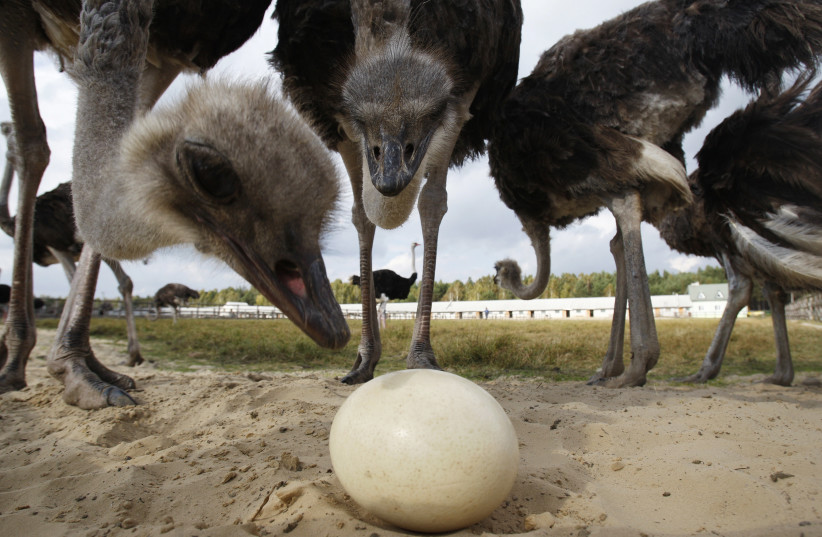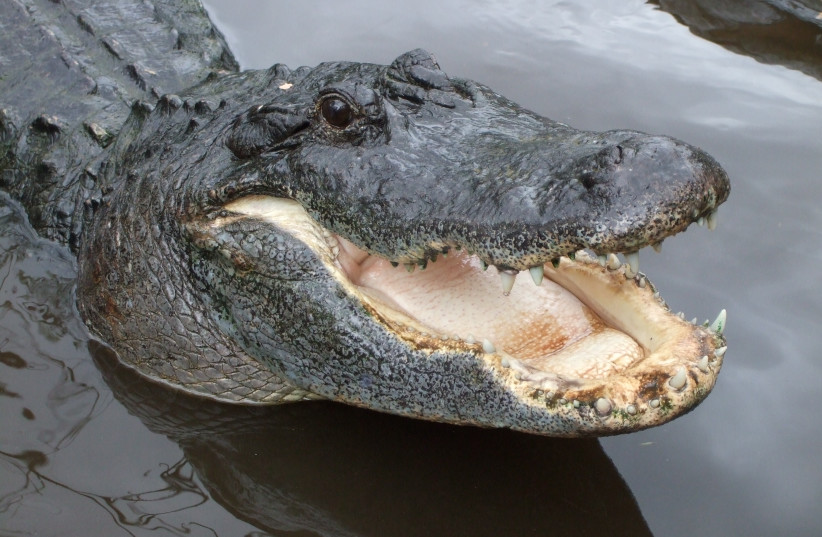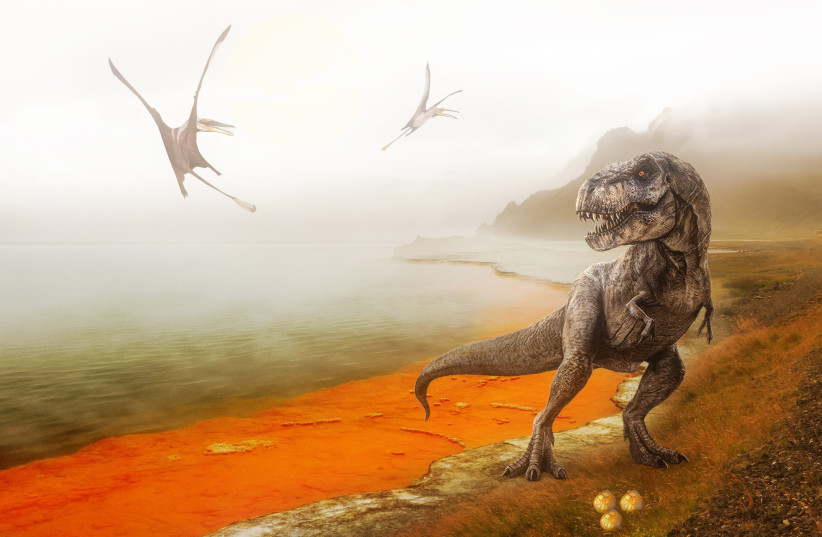Dinosaurs could understand other visual perspectives, viewpoints - study
If true, this research challenges a long-accepted belief that higher-level intelligence first originated in mammals long after the dinosaurs went extinct.
Dinosaurs may have been the first life forms on Earth to be able to hold different viewpoints and understand the visual perspectives of others, a new study has found.
The findings of this study were published in the peer-reviewed academic journal Science Advances.
If true, this research challenges a long-accepted belief that higher-level intelligence first originated in mammals long after the dinosaurs went extinct.
Eyesight based on movement: Could dinosaurs understand other viewpoints?
The ability to understand other people's perspectives is an incredibly complex process and is a notable sign of advanced cognitive abilities and social awareness.
It is through this ability that one can follow subtle cues and actions to help learn more about the world around you. For example, say someone near you turns their head at something. Chances are, you're going to turn your head too to see what they're looking at.

Essentially, this means following someone's line of sight to see what they're seeing.
This ability is a major part of human interpersonal communication and is the very foundation of understanding the mental state, beliefs and other behavioural aspects of another person.
Though widely associated with humans, this isn't something exclusive to mankind. Scientists have also observed this trait in certain primates like apes and monkeys as well as in some wolves, dogs and certain types of birds.
However, all of these aforementioned animals first cropped up long after the dinosaurs went extinct. Is it possible that dinosaurs could have also had this ability?
More importantly, how would one even be able to figure that out? After all, dinosaurs aren't exactly around to be studied.
Life, and science, finds a way: Studying dinosaur gaze-following
The researchers, coming from Lund University in Sweden, decided to focus on birds, since they are more closely related to dinosaurs than mammals.
The specific type of birds studied were paleognaths, which includes birds like ostriches, kiwis, emus and cassowaries, as these birds are said to be the most "primitive" and are very similar in terms of their brain structure to nonavian dinosaurs.
They were then compared to the closest living relatives of birds: Crocodilians, a group of reptiles including crocodiles and alligators. Like birds, these were some of the only survivors of the Cretaceous era, the final age of the dinosaurs.
 American alligator (credit: PUBLIC DOMAIN/VIA WIKIMEDIA COMMONS)
American alligator (credit: PUBLIC DOMAIN/VIA WIKIMEDIA COMMONS)Throughout their millions of years of existence, crocodilians have evolved very slowly. Like the palaeognath birds, they too seem to have retained much of their ancient brain structure.
By studying them, the researchers were able to get a good idea of how their dinosaur ancestors acted.
So, could they follow the gazes of others?
To figure this out, the researchers gave three tests to help determine if they could follow gazes, once looking up, once looking to the side and once looking in the distance.
As for the results, alligators, the crocodilians studied, didn't succeed in understanding others' perspective, noting that they could follow gaze but failed at checking back – a term used to indicate that the viewer follows someone's line of sight and, when unable to see anything in that direction, checks back into the gazer's eyes and then re-tracks that gaze.
However, the birds tested succeeded in doing just that.
Now, consider the relationship between birds, alligators and dinosaurs. The birds are very similar to dinosaurs in terms of their brain structure, but mainly for the later dinosaurs. The earliest ones had brains similar to alligators.
What that means is that it is very likely dinosaurs eventually developed the ability to follow gazes and understand different perspectives.
In some respects, though, this isn't too surprising. After all, dinosaurs are known to have had incredible vision.
But it does still raise questions regarding the history of cognitive evolution in all animals.


No comments:
Post a Comment
Stick to the subject, NO religion, or Party politics